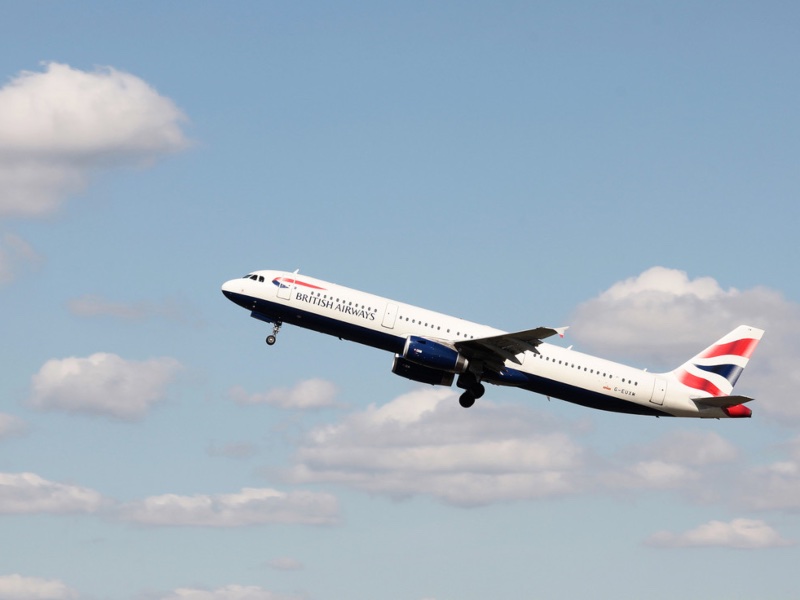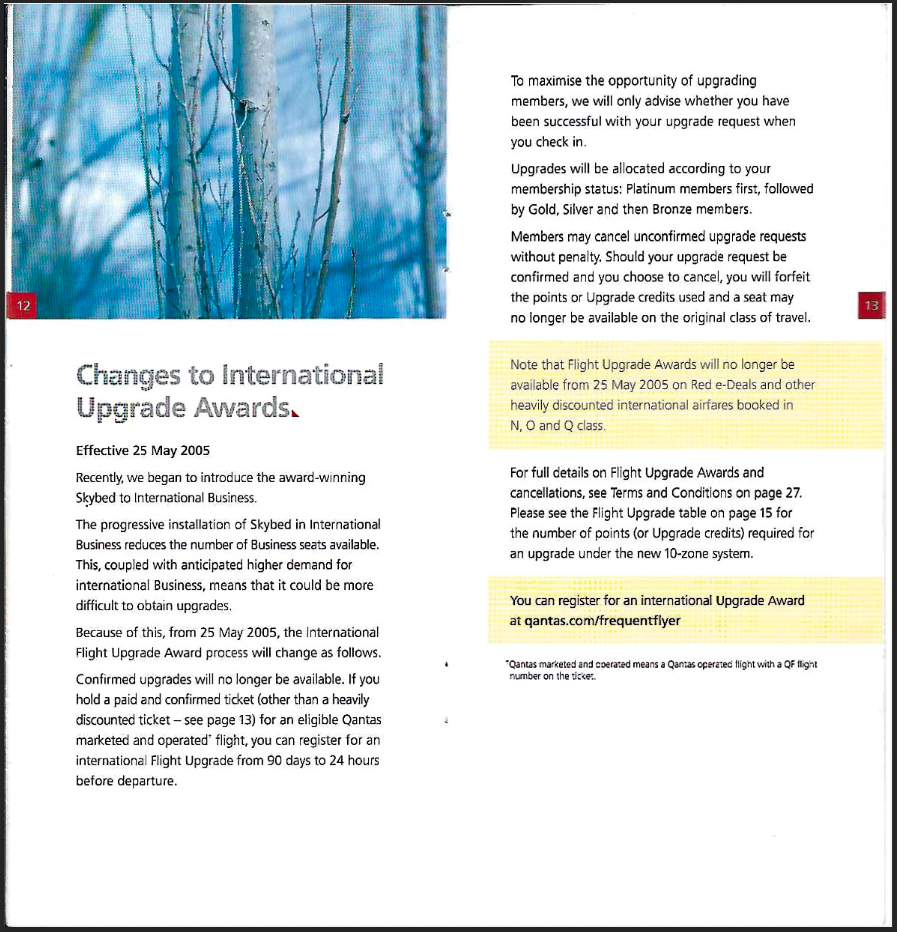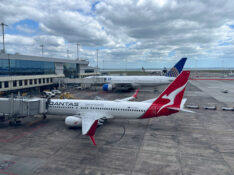How Airlines Erode Status Tier Benefits Over Time

In most frequent flyer and loyalty programs, points become less valuable over time. Sadly, this isn’t the only part of frequent flyer programs subject to inflation.
Over the past decades, most airlines have gradually made status harder to earn. At the same time, they have gradually reduced the benefits that frequent flyers can enjoy at each level as they’ve introduced new tiers above the existing ones. And there’s one group of frequent flyers who get particularly screwed over by this airline status tier benefit inflation.
Airline status becomes harder to earn over time
Every now and again, most frequent flyer programs adjust the requirements for earning elite status. These changes almost always make it harder for frequent flyers to achieve the higher tiers.
For example, Velocity Frequent Flyer is this year making it much harder to earn status if you mainly fly on cheaper tickets or partner airlines, or use family pooling.
British Airways and Iberia have also just overhauled their frequent flyer programs, making status spend-based – and much harder to earn. Similarly, many of the US airlines keep increasing the minimum spend that they require to earn elite status.

Qantas Frequent Flyer hasn’t made major changes to status earning since 2014. But when Qantas last made changes, it reduced the status credits earned with partner airlines – as well as on certain Qantas routes like Sydney-Adelaide. Of course, the number of status credits you would need to attain status remained unchanged despite the lower earn rates.
But this article is about another long-term trend that we see when looking at the benefits of each status tier over several decades.
Higher status tiers launched above existing levels
Over time, many frequent flyer programs have introduced new status tiers that sit above their existing ones. For example, Velocity Frequent Flyer is introducing a Platinum Plus tier in October.
Qantas similarly launched Platinum One status in 2011. This was a great change for Qantas’ highest-spending customers, but it also relegated Platinum members to a lower spot on the “food chain”.
Abroad, Iberia has just launched a new ultra-elite “Platino Prime” status – to give one example.
On the whole, the introduction of new status tiers is a positive development. But this does have the inevitable side effect of slightly devaluing the tiers below it.
For example, when Velocity introduces Platinum Plus, it’s removing the guaranteed reward seat benefit for Gold members. This benefit has itself been devalued over time because Virgin now charges the top-tier Economy Reward Seat price for seats booked using this guarantee.
Virgin will also remove the ability for Platinum members to gift Platinum status to a companion, making this an exclusive benefit for Platinum Plus members.
Meanwhile, Virgin is currently refurbishing its Boeing 737s with fewer Economy X seats. Platinum members can still select these for free, but there will soon be fewer seats to go around. This is another example of a benefit being reduced over time by stealth.

It’s not all bad, though. Over the years, airlines have also introduced new benefits as technology develops and their loyalty programs evolve. For example, Velocity Platinum members can now enjoy free Wi-Fi on board.
Changes to Qantas status tiers over the decades
Qantas first introduced Silver, Gold and Platinum status in 2001 (replacing the previously used Blue, Silver and Gold tiers). This is also when Qantas introduced its lifetime Silver and Gold tiers for the first time.
At the time, frequent flyers could access confirmed international flight upgrades on any ticket type. Then, in 2005, Qantas removed the ability to upgrade from Economy Sale fares and removed the ability to confirm upgrades in advance if there was a Business or First Class reward seat available on the flight.

Since then, Qantas has made quite a few more changes to the benefits available at each status tier. For example, Gold and Platinum frequent flyers can no longer choose exit row seats for free, as this is now an exclusive benefit for Platinum One members. Those Platinum One members also now have higher priority in the upgrade queue.
Another benefit that was taken away in 2023 was the ability for Gold, Platinum and Platinum One members to bring guests into domestic Qantas Club and Business Lounges who aren’t flying that day.

This particularly impacts the value of lifetime status
If you’re earning status every year, you can take a look at the status requirements and benefits each year and decide whether it’s still worth it for you. But this isn’t the case for people with lifetime status that they’ve earned through long-term loyalty over many years.
When you earn lifetime airline status, you get to keep that status level for the rest of either your life or the life of the frequent flyer program. But the benefits you get with that status tier can and do change over time. Over the long term, the benefits generally get reduced as airlines add new tiers above your one.
This isn’t a radical concept. Qantas even specifically flagged that “the program awards and benefits may change from time to time” in the brochure it sent to members when it first introduced lifetime status back in 2001.

People chasing lifetime status can also get screwed over a bit when airlines change the rates at which status credits are earned. This wouldn’t affect the progress someone has already made towards lifetime status, assuming the lifetime status thresholds don’t change. But it would make it harder to earn the remaining status credits needed.
Summing up
Ultimately, status tiers become less valuable over a long period of time as more people earn that status and airlines reduce the benefits. It’s all part of the game that is frequent flyer programs.
Does this mean you shouldn’t chase lifetime status or use frequent flyer programs? Not at all! You can still get lots of benefits for your loyalty. You just need to have realistic expectations.



Community Comments
Loading new replies...
Join the full discussion at the Australian Frequent Flyer →